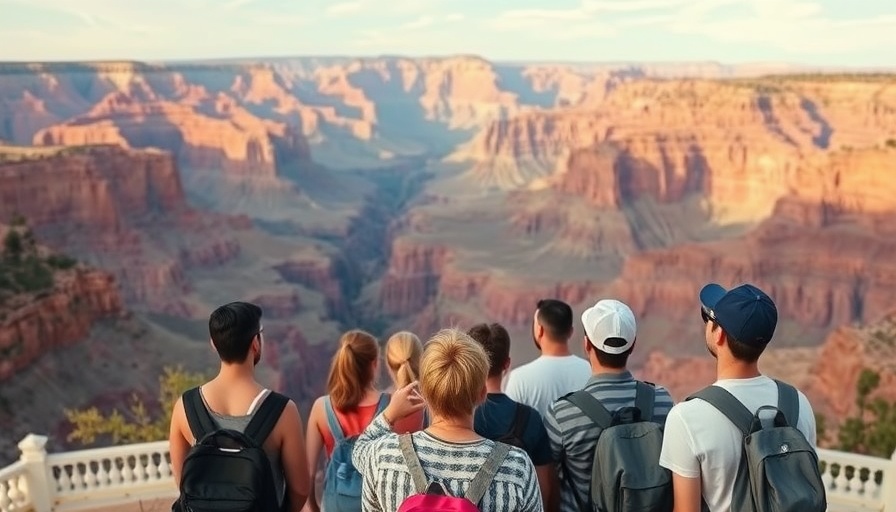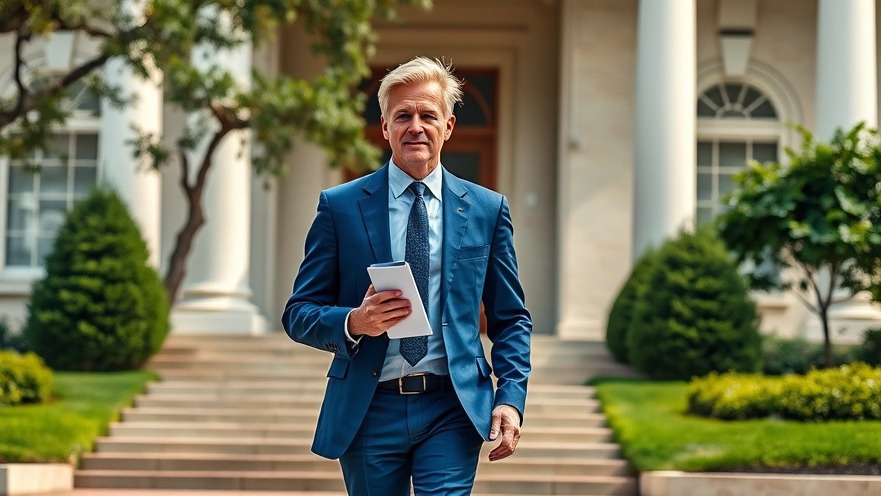
Trump's 'America First' National Parks Initiative: A New Era for Foreign Tourist Fees
In a move reflecting the 'America First' policy ethos, the recent decision to impose higher entry fees for foreign tourists visiting America’s national parks has sparked a wave of discussion among environmental advocates, tourism industry experts, and international travelers. Announced by the Trump administration, the increased fees aim to generate additional revenue earmarked for the preservation of iconic landscapes that form the backbone of America’s natural heritage.
The Rationale Behind Increased Fees
Supporters of the policy argue that this increase is a "commonsense, sustainable step" crucial for maintaining the parks, many of which are facing increasing pressures from climate change, pollution, and over-tourism. The National Park Service emphasizes that these funds are necessary to ensure that parks like Yellowstone and Yosemite can continue to operate and serve future generations.
What Does This Mean For Tourists?
For foreign visitors, this means that a trip to see the Grand Canyon or the scenic vistas of Glacier National Park is about to get more expensive. The fee hike is not insignificant; it could add hundreds of dollars to a family vacation budget and could deter some international travelers who must weigh the cost against their total travel experience in the U.S. Experts in tourism are debating the long-term impacts of these increases. Will potential visitors opt for other destinations that offer similar beauty without additional fees?
Local Economies at a Crossroads
Local businesses, particularly those that rely heavily on tourist dollars—hotels, restaurants, and tour services—are concerned about the potential fallout from this price shift. Many towns adjacent to national parks thrive during the tourist season, and a downturn in foreign visitor numbers could lead to significant economic challenges in those communities. The discourse around nationalism and tourism further complicates this scenario, as many rely on the diverse influx of international visitors to bolster their economies.
A Balancing Act: Conservation vs. Access
Critics of the fee hike argue that while conservation is vital, it should not come at the expense of accessibility. The ethos of national parks is deeply rooted in the belief that these mountains, forests, and wilderness areas should be accessible to all, regardless of nationality. The challenge lies in balancing the need for funding to protect these areas without alienating those who contribute to their preservation through tourism.
Potential Long-Term Trends: What the Future Holds
As environmental considerations gain wider public attention, we might see increased scrutiny of national park funding models. Current trends suggest a push towards more equitable access while finding innovative ways to fund conservation. Whether this fee increase motivates a broader dialogue on the sustainability and funding of treasured national resources remains to be seen. Furthermore, how will future administrations address tourism in the context of national pride, economic needs, and environmental stewardship?
Conclusion: Understanding the Bigger Picture
In summary, the recent fee increases for foreign tourists in U.S. national parks is a multifaceted issue fraught with implications for conservation, accessibility, and local economies. As discussions unfold and tourism strategies are reconsidered, it is clear that the path forward will demand a collaborative approach between government officials, conservationists, and the tourism industry.
If you are passionate about the health of America's national parks and their accessibility to all, consider engaging in the conversation. Share insights, support your local parks, and advocate for policies that promote sustainability while keeping these majestic natural spaces open for generations to come.
 Add Element
Add Element  Add Row
Add Row 



 Add Row
Add Row  Add
Add 


Write A Comment